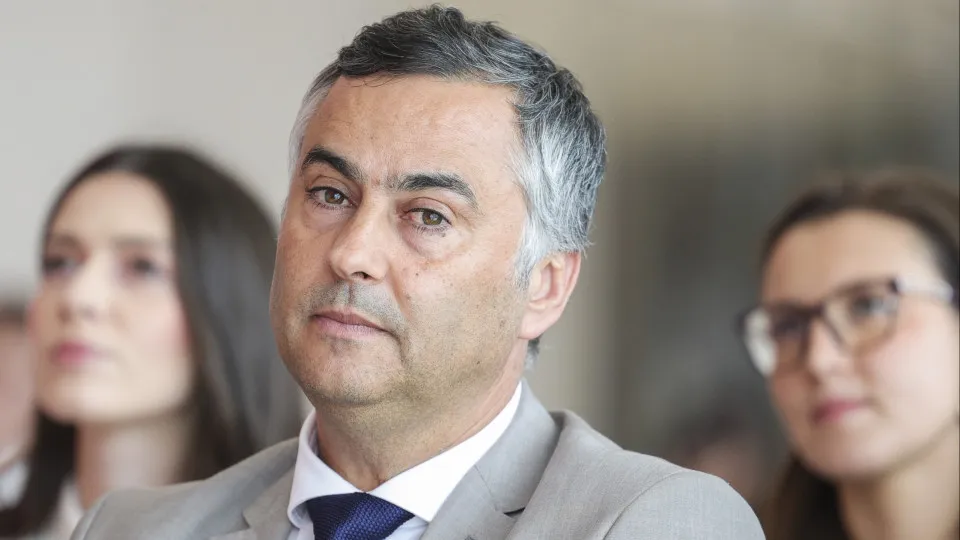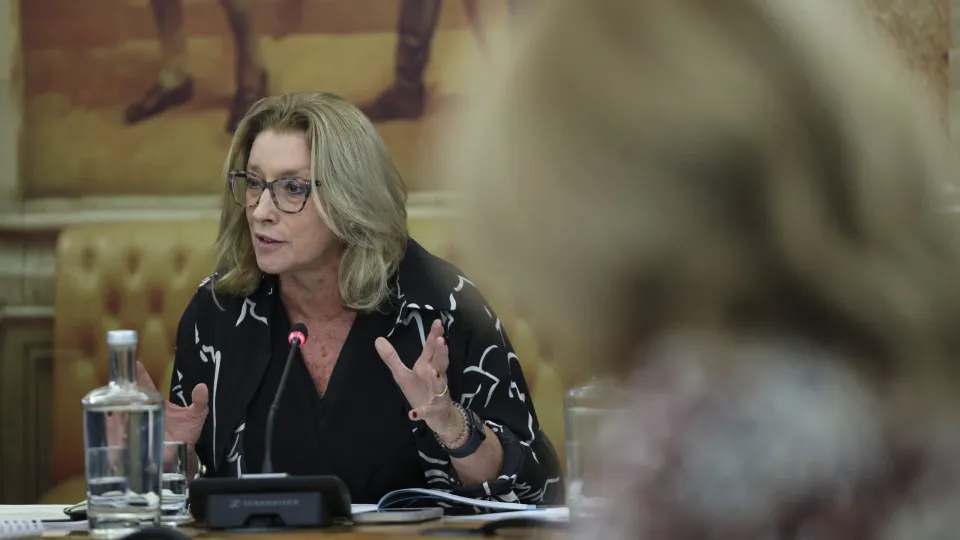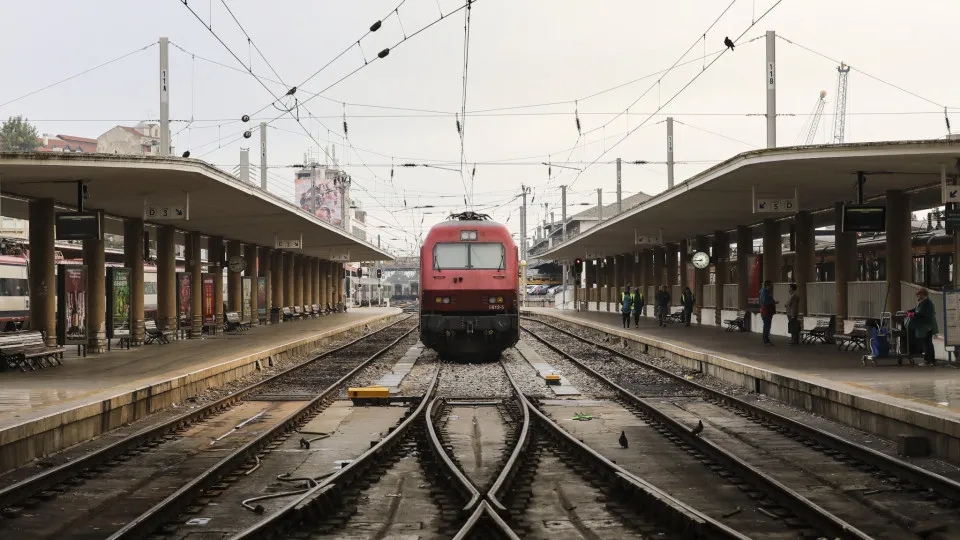
“We have about 130,000 teachers, and when there are 1,000 schedules unfilled, that means 0.7% of schedules are unfilled,” he said, explaining: “This does not mean that students are without classes. The schedules are unfilled, but in the vast majority of cases, even with schedules unfilled, students have classes.”
The official, speaking to journalists in Portalegre during the official inauguration of a dormitory with a capacity to accommodate 203 students from the Polytechnic Institute of Portalegre, further stated that, “in most cases,” last week, there was a schedule unfilled, but this situation did not leave students without classes.
“In most cases, in 78% of schools, there was at least one schedule unfilled last week, but this did not leave students without classes,” he explained.
“This will occur throughout the year. We have 4,000 teachers retiring during the year, which means we will have, on average, 400 teachers needing to be replaced each month,” he added.
Fernando Alexandre also stated that the information given on Monday by the Ministry of Education “is very clear,” acknowledging that there “will always be” unfilled schedules, despite the administration’s efforts to “accelerate” the procedure of teacher placements.
“We have identified 38 clusters out of the 809 where we found more than 10 schedules unfilled, and 70% of these 38 clusters with significant teacher shortages are in the Greater Lisbon region and the Setúbal Peninsula,” he said.
“The teacher shortage problem is severe, very serious, but it is localized, not nationwide, fortunately,” he added.
At least one teacher is missing in 78% of public schools, and there are 38 establishments with more than 10 schedules unfilled, the vast majority in the Lisbon and Setúbal Peninsula areas, according to official data released on Monday.




